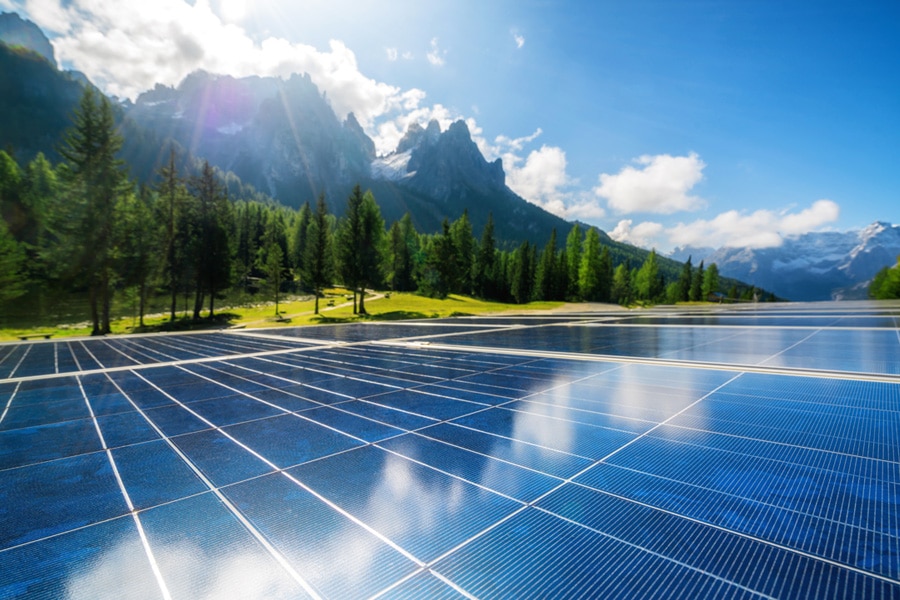The future is bright for green construction as lawmakers, leaders and customers set their sights on reducing the industry’s carbon footprint and impact on climate change. In the coming years, increased demand for sustainable buildings, along with ongoing innovations in green technology and materials, stronger regulations and more sustainable financing and investment will only accelerate today’s interest.
These five key trends in green construction will move the industry forward.
Access to financing, new regulations and growing concerns about climate change will continue to drive interest in green building.
All signs point to worsening climate change, and governments are struggling to make good on promises to reach net zero by 2050 as part of the Paris Agreement. In response, new regulations, such as New York City’s Local Law 97 and Boston’s BERDO, have come online to set emissions requirements for larger buildings. More green building codes, renewable energy requirements and regulations requiring energy-efficient materials are expected.
And as these new requirements come online, more green building financing and funding is expected to follow. The sustainable finance market size, for example, is expected to grow from $4.5 billion in 2022 to $29 billion in 2032.
Human health and indoor environmental quality will play crucial roles in the conversation.
The COVID-19 pandemic put a spotlight on indoor air quality, but it’s long been an issue. In the US, for example, where people spend about 90% of their time indoors, concentrations of some pollutants are two to five times higher inside than outside, according to the US Environmental Protection Agency.
The blame, the agency says, is partly on the growing use of synthetic building materials, along with energy-efficient construction when it doesn’t allow for enough air ventilation. And the outcomes include everything from itchy eyes and a runny nose to potentially fatal illnesses such as heart disease and cancer. Expect sustainable construction practices to continue to evolve to ensure better and healthier spaces for people.
Advancements in technology and materials will drive cost savings and new opportunities in green buildings.
Innovations and market trends are coming together to support green construction. Technology is helping the construction industry better measure and track the impacts of its sustainable building efforts, helping to highlight the financial benefits of green construction. As the cost for fossil fuels grows, the price tag for renewable energy sources, such as wind and solar, are declining. And the demand for sustainable building materials, along with government-backed financial incentives to pay for them, is growing. Altogether, these forces are poised to make it easier—and even cheaper—to build sustainably.
Interest in resilient design will grow amid concerns of extreme weather and other external threats.
Sustainable construction aims to slow the impacts of climate change, but in many ways we’re already experiencing its impacts. The cost of extreme weather events, including storms, flooding and wildfires, is growing rapidly. And that’s triggering the construction industry to look to resilient designs to ensure buildings can withstand 100-mph winds or have the capacity to rely on local renewable energy sources if the power is out for weeks, for example.
The circular construction economy will become more formalized, providing a more robust market for recycled materials.
It’s still early days for the circular construction economy, but growing interest in building markets and supply chains that focus on recycled construction materials is growing to reduce waste and reuse materials that have plenty of life left in them. Europe, which adopted a circular economy action plan as part of its Green Deal, will likely play a leading role in this work. And so are places like Singapore, which recycles 99% of its construction waste and is working to bolster its circular economy.












